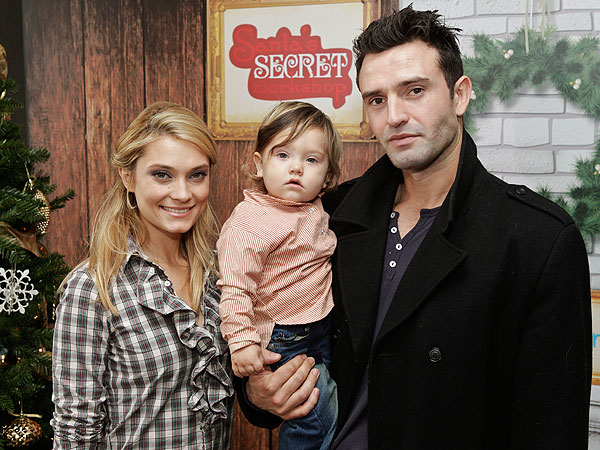A blue-eyed boy sat on a skateboard, a helmet on his head, and stared pensively down a busy street. A pair of white wings extended from his shoulders. Above him were the words, "Angels come in various sizes."
Created out of spray paint, he materialized on the side of a Culver City building less than two years ago. To street art fans, the massive mural was the work of a German duo called Herakut. Most passersby just saw it as a nice way to spruce up a former car dealership that had long stood empty.
But the boy and the other images that appeared near the corner of Washington and National boulevards will be gone by spring. That's when construction of a retail shopping area is slated to begin. The curated collection of murals was always meant to be temporary, but nearby residents say the change will be bittersweet.
"It's been an exciting and, frankly, beautiful addition to the neighborhood," said Hal Paris, 36, who has lived in the area for five years. "I drive home and pass it and spot something new there and it's cool to have that surprise."
Although Paris said he's thrilled that there will soon be stores and eateries in walking distance, he wishes it wouldn't come at the expense of the artwork.
The project was the vision of local art enthusiast Warren Brand, who got permission from the property owner to allow artists to paint murals on the buildings. Brand had begun curating exhibits through his organization Branded Arts and thought the shabby structures across from the Expo Line station would make a good canvas.
Up went Herakut's boy on the skateboard. The two also contributed an adjacent painting of a young girl in overalls adorned with peacock feathers. About the same time, fellow German street artist Case embellished a brick wall with a giant dove.
Two dozen additional images soon followed. Brand, 29, sought noteworthy street artists, promising them a highly visible wall the next time they happened to be in the area. He helped coordinate paint and materials and gave artists free rein, with just one rule: nothing negative.
Graffiti artist Rime spray-painted a hedgehog-like character morphing into a wolverine. Husband-and-wife team Dabs Myla brought their signature cartoon style to a collage of smiling faces, fruit and an aerosol can spraying doughnuts. A golden-haired doll riding a wolf was the collaboration of French street artist Miss Van and Los Angeles painter Dan Quintana.
As word got out, artists such as Andrew Hem began to seek out Brand, asking for space on what came to be known as the Branded Arts Building. Although Hem, 30, is flown to various countries to create murals, he liked the idea of returning to his roots and doing a piece for free, with no expectations and few rules. He also wanted to be part of a project in the city where he was raised.
"Walls with art are usually downtown or in East L.A.," said Hem, who painted a mural of relatives in Cambodia. "It's a good thing to have on the Westside too."
Many residents seemed to agree, making a point to take their children by the buildings or point them out to visitors. The area became known for photo ops, and at least one tour group has been spotted at the location.
The Runyon Group's plan for the area includes a mix of old and new buildings for a development called Platform that will include stores, studio space, gardens and art installations. Founder Joseph Miller, whose family operated the former car dealership, said it will be a hybrid of the pedestrian retail areas of Abbot Kinney Boulevard in Venice and Robertson Boulevard near Beverly Hills. He promises unique merchants and a look and feel that is far from cookie-cutter.
"If we're ever perceived as a mall or shopping center, then we've kind of failed in our objective, which is to create the nucleus of a great neighborhood," he said.
Miller and Brand, who became friends, have discussed salvaging the artwork, but both say it could be a difficult and costly process. Brand knew the project was short-term when he began but has a hard time facing its demise. He has looked into a technique archaeologists use to peel off hieroglyphics and also plans to publish a book with all the images.
"But pictures don't do it justice," Brand said. "It's such a grand scale. When you stand next to a 40-foot wall, it's inspiring."
For now, the murals offer a colorful diversion for those who find themselves waiting for the Expo Line or a Metro bus.
"It's actually one of my perks," said David Batiste, 40, an audio engineer who lives in Venice and works in Burbank. "I love that kid on the skateboard. It's the look in the eyes. It's an amazing landmark.... I want that art to stay."
Most at peace with the notion of the art disappearing seem to be the artists themselves.
"I knew from the start it wouldn't be permanent," said Yoskay Yamamoto, who spent a week blanketing a wall with a man emerging from water under a starry night. "Usually I work on a painting for like two weeks, then I have a gallery show where I end up selling it.
"I'm used to having this relationship of creating work and letting it go."
corina.knoll@latimes.com

























